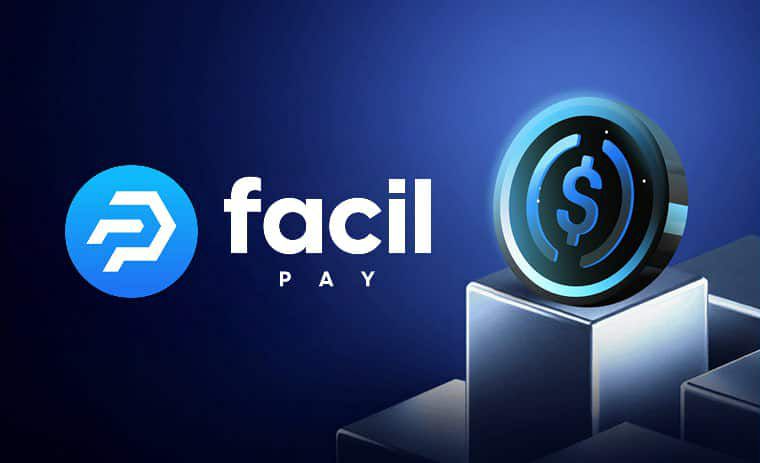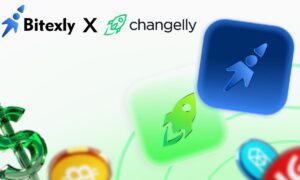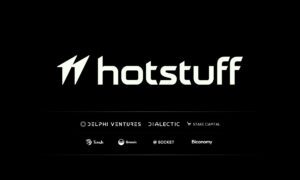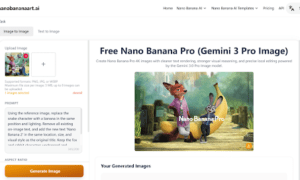A new wave of innovation is emerging from the intersection of messaging, AI, and decentralized finance (DeFi) — and one project is taking a bold step into that future. FacilPay, a chat-powered payment platform built on a multi-chain architecture, recently announced the launch of its Open Beta, alongside major updates to its ecosystem and token roadmap.
The move comes as FacilPay positions itself not just as another crypto app, but as an AI-driven payment layer for the Web3 economy — a platform where users can chat, send, and receive digital assets as easily as sending a text message.
Making Crypto Feel as Simple as Chatting
FacilPay’s vision is refreshingly straightforward: make crypto payments as seamless and human as conversation. The app allows users to create a non-custodial wallet in seconds, engage in encrypted blockchain chats, and send tokens directly within those conversations.
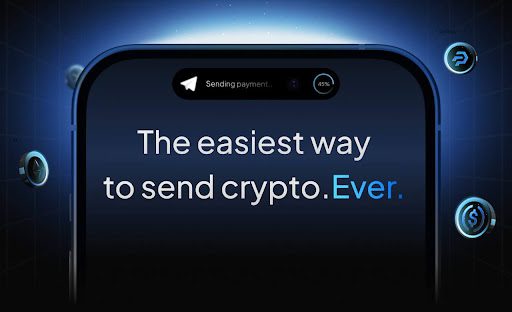
(FacilPay wants and is making crypto easy for everyone)
But behind that simplicity lies a powerful infrastructure. The platform is built for both seasoned crypto users and everyday consumers, supporting instant on/off-ramps for fiat conversion, multi-chain interoperability, and DeFi access — all in one interface.
“FacilPay isn’t just about payments,” says Dean Kim, CEO of FacilPay. “It’s about connection. We’re reimagining finance as a conversation — secure, borderless, and powered by AI.”
One Wallet. Every Chain.
FacilPay’s architecture is rooted in interoperability — the holy grail of Web3. The app already supports Binance Smart Chain (BSC) and is BNB-ready, while also integrating major networks including Ethereum, Solana, Base, Avalanche, Stellar, SKALE, Bitcoin, and Ripple.
This approach fulfills what the team calls its “One Wallet, Every Chain” vision — allowing users to move assets, swap tokens, and settle payments seamlessly across multiple blockchains. It’s a quiet revolution that could redefine how wallets function — not as static storage, but as smart, multi-chain identities capable of interacting across Web3 and real-world finance.
Beyond Payments: FacilPay’s Expanding Ecosystem
As the Open Beta launches, FacilPay is already setting its sights on expansion. In addition, we learnt that a crypto-debit feature is in development, aimed at bridging stablecoins and everyday commerce. The long-term goal: make crypto spendable everywhere, without users ever having to leave the chat interface.
Some of the main integrations FacilPay brings include AI-driven portfolio tools, DeFi utilities, and real-world asset (RWA) support — signaling FacilPay’s ambition to evolve from a chat-pay app into a full-stack financial ecosystem.
What’s Coming Next?
FacilPay’s upcoming Initial DEX Offering (IDO) and Token Generation Event (TGE) represent another major milestone in its roadmap. The platform’s native $FACIL token will power the ecosystem, and we’ll be watching and sharing as events unfurl.
The IDO will take place across multiple leading launchpads, including Coin Terminal, Eesee, Poolz Finance, Spores Network, and Polkastarter, providing global accessibility and strong liquidity from day one.
By combining these launches with community-focused incentives, FacilPay hopes to onboard millions of new Web3 users and reward early adopters who help shape its ecosystem.
Building the Financial OS for the Next Billion
FacilPay’s core innovation lies in its fusion of messaging, AI, and DeFi — three pillars that have, until now, largely existed in separate silos. By merging them, the company aims to redefine digital payments not as cold transactions, but as contextual, conversational, and intelligent interactions.
From encrypted blockchain messaging to seamless cross-chain transactions, FacilPay is quietly building the kind of user experience bridge that crypto has long needed — one that feels familiar enough for the next billion users to adopt.
As Web3 continues to mature, projects like FacilPay are signaling that the next evolution of digital finance won’t just happen on exchanges or DeFi platforms — it will happen inside conversations.
Or as Dean Kim puts it:
“We believe the future of finance will feel less like using an app — and more like having a chat.”

